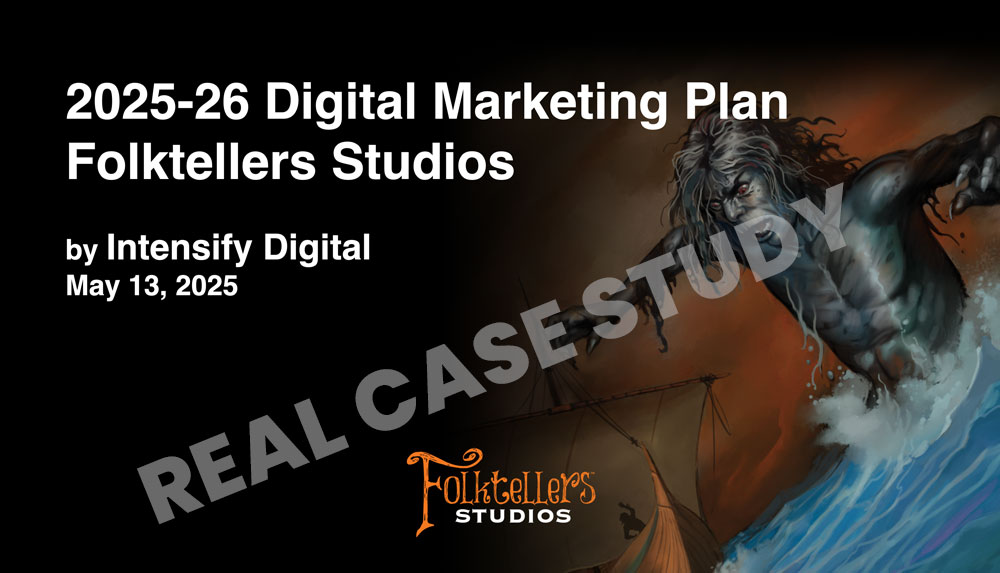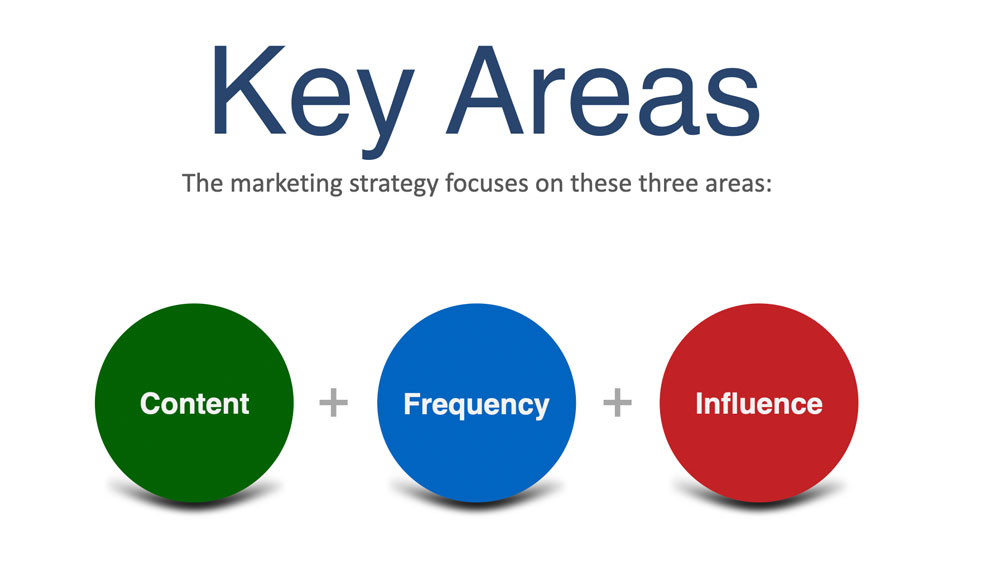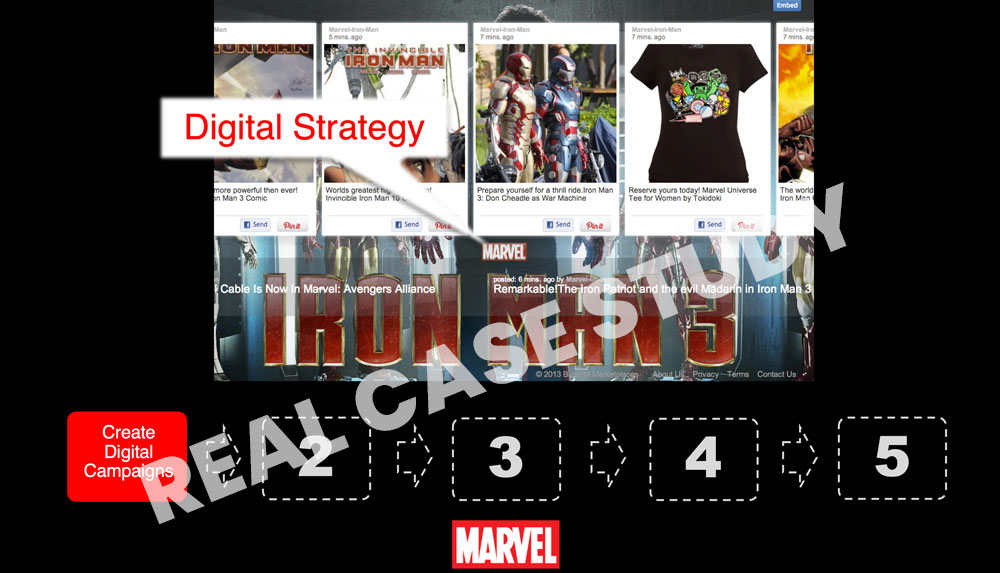How to Create a High-Converting Marketing Plan
A high-converting marketing plan is the backbone of any successful business, guiding your efforts to attract, engage, and convert your target audience into loyal customers. Whether you’re launching a new product, scaling an business service, or promoting real estate, a well-structured marketing plan ensures your strategies align with your business goals and deliver measurable results. Drawing on insights from Intensify Digital’s proven methodologies, this ultimate guide walks you through the essential steps to create a marketing plan that drives conversions and fuels growth.

Step 1: Define Clear, SMART Goals
The foundation of a high-converting marketing plan is setting Specific, Measurable, Achievable, Relevant, and Time-bound (SMART) goals. Your goals should align with broader business objectives, such as increasing revenue, generating leads, or boosting brand awareness. For example, instead of a vague goal like “grow sales,” aim for “increase website conversions by 15% within six months.” Clear goals provide direction and allow you to track progress using key performance indicators (KPIs) like conversion rates, click-through rates (CTRs), or return on ad spend (ROAS).
Step 2: Understand Your Target Audience
A marketing plan is only as effective as its ability to resonate with your audience. Create detailed buyer personas based on demographics (age, location, income) and psychographics (interests, pain points, behaviors). For instance, if you’re offering HR services, your audience might include small business owners struggling with compliance or employee retention. Use tools like Google Analytics or Intensify Digital’s audience insights features to analyze behavior and preferences. Tailor your messaging to address specific needs, such as “Simplify HR compliance with our expert audits,” to drive engagement and conversions.
Step 3: Conduct a SWOT Analysis
To position your marketing plan for success, conduct a SWOT analysis to identify your Strengths, Weaknesses, Opportunities, and Threats. A strength might be your unique consulting expertise, while a weakness could be limited social media presence. Opportunities might include emerging trends like remote work policies, and threats could be competitors with larger budgets. Use these insights to leverage your strengths and address weaknesses, ensuring your plan is both strategic and competitive.
Step 4: Define Your Unique Selling Proposition (USP)
Your USP sets you apart from competitors and is a key driver of conversions. Identify what makes your product or service unique, whether it’s a specialized solution, eco-friendly real estate practices, or a cost-effective marketing tool. Intensify Digital’s CFI (Content, Frequency, Influence) methodology revolutionizes multi-channel campaigns by coordinating synchronized content and pod-based native posting for maximum reach and authenticity. Craft a clear, compelling USP statement and weave it into all marketing materials to attract and convert prospects.

Step 5: Choose the Right Marketing Channels
Selecting the appropriate channels is critical for reaching your audience effectively. Consider a mix of digital channels like social media, email marketing, SEO, and PPC, alongside traditional options if relevant. LinkedIn is ideal for B2B type services, while Instagram suits visually appealing products and services. However, automated posting via a third-party app lacks authenticity, which can reduce engagement and impact how algorithms rank your content. Intensify Digital’s platform excels at synchronizing content across channels, ensuring a unified message while leveraging pod-based native posting to maintain authenticity. Prioritize channels where your audience is most active, and allocate your budget accordingly to maximize reach and conversions.
Step 6: Develop a High-Converting Storytelling Strategy
To craft a high-converting marketing strategy, leverage storytelling to engage audiences across the customer journey by researching, crafting, and sharing compelling narratives. Start with a research phase to uncover authentic stories about your brand, product, or service—whether it’s a sustainable real estate project or an entertainment franchise. This fuels the awareness stage, where educational blog posts or social media content introduce your story to a broad audience, building recognition.
Develop dynamic multimedia assets—videos, case studies, or interactive posts—that demonstrate value, aligning with the consideration stage’s need for proof. Share these across channels using pod-based native posting, where employees or advocates post directly to boost authenticity and engagement. Use strong CTAs like “Book a free consultation,” social proof such as “We increased ticket sales by 50% for [Client Name],” and urgency like “Limited spots for our free strategy session!” to drive decisions. Intensify Digital’s task management tools ensure synchronized campaigns, delivering your story at optimal times to maximize reach and conversions.

Step 7: Set a Realistic Budget
Set a Realistic Budget. A high-converting marketing plan requires a well-planned budget. Allocate resources across channels based on their potential ROI. For example, if PPC drives high conversions, allocate 40% of your budget there, 30% to content creation, and 30% to social media. Factor in costs for tools like Intensify Digital, which streamlines campaign management. We managed digital marketing for over fifty Disney and Marvel movies, and even for them, controlling the budget is critical. Regardless of a company’s size, strict budget control is essential. Track ROI to ensure profitability, adjusting allocations based on performance data analysis.
Step 8: Measure and Optimize Performance
To ensure your plan delivers conversions, measure performance using KPIs like lead generation, website traffic, and conversion rates. Use social and web analytics to track campaign performance and identify high-performing tactics. For example, if a LinkedIn post about compliance audits drives leads, replicate its format. Conduct A/B tests on headlines, CTAs, or visuals to refine your approach, ensuring continuous improvement and higher conversion rates.
Conclusion
Building a high-converting marketing plan requires strategic planning, audience insights, and ongoing optimization. By defining SMART goals, understanding your audience, crafting a compelling USP, choosing the right channels, and measuring results, you can create a plan that drives conversions and supports business growth. Intensify Digital’s integrated platform simplifies this process, offering tools to manage campaigns, synchronize content, and track performance. Start building your plan today to turn prospects into loyal customers and achieve lasting success.
